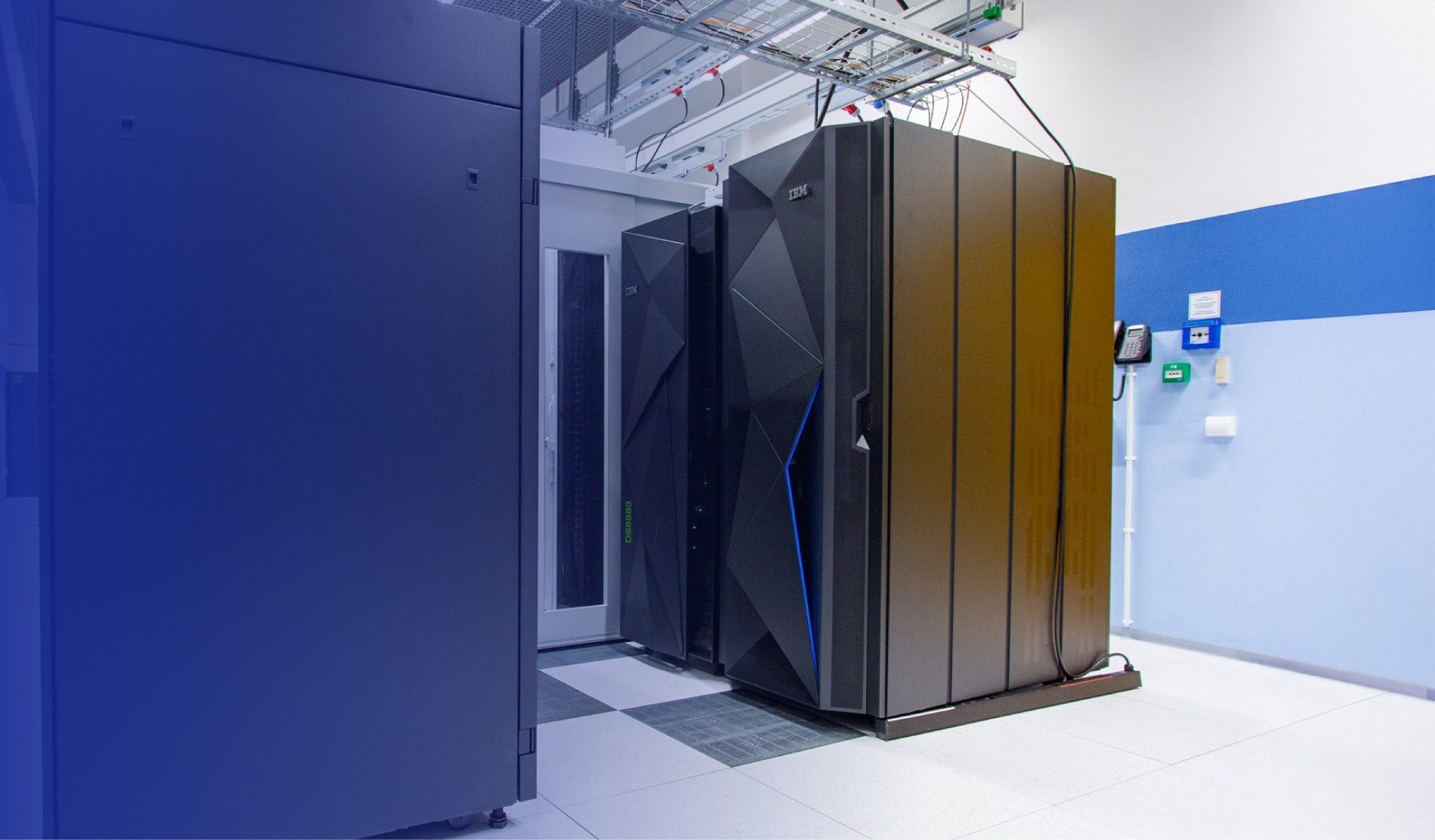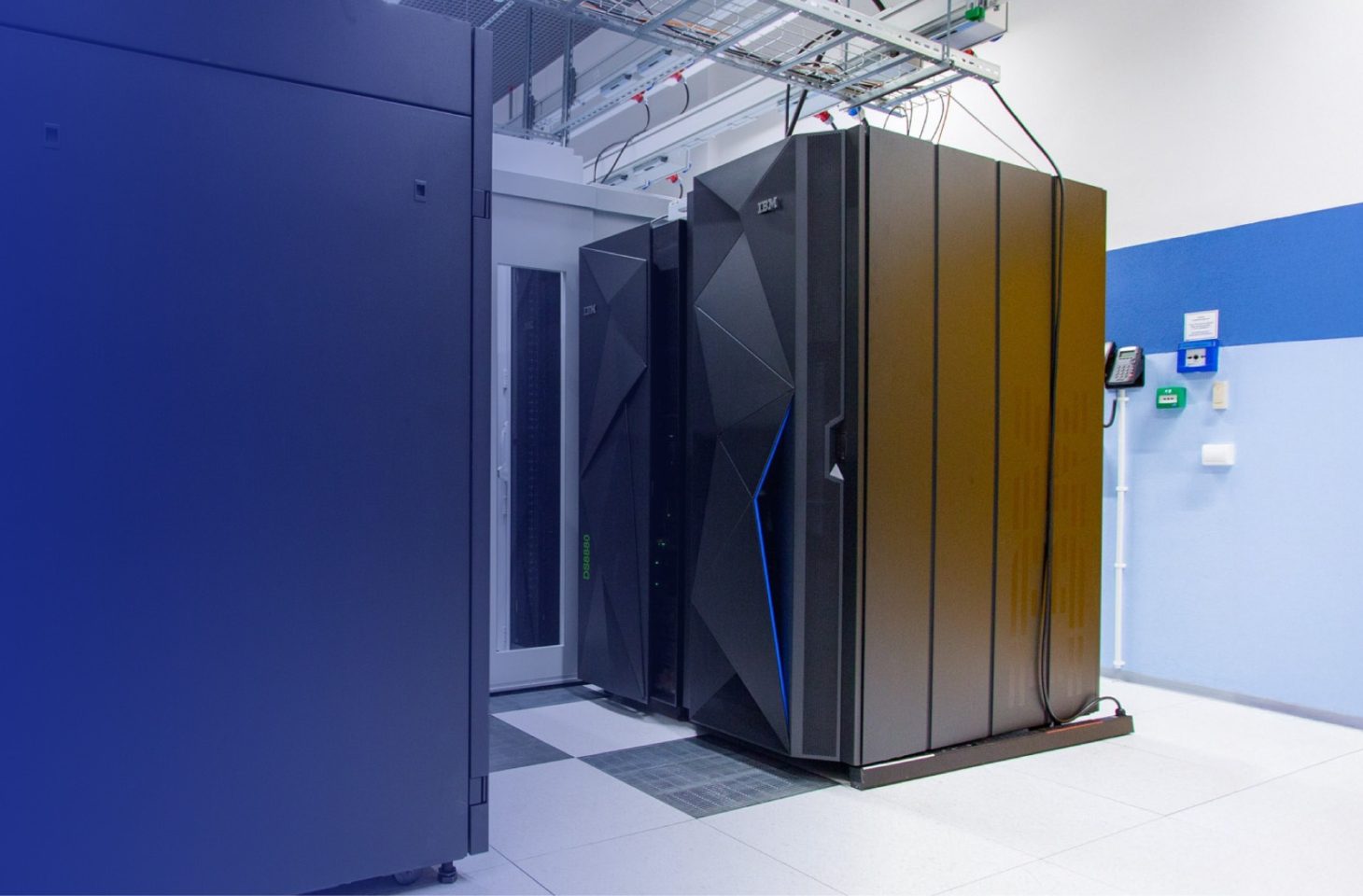IBM Power servers have guaranteed performance and reliability for many decades, but stubborn prejudices still exist. What’s special about IBM Power Systems and how can your company use them? We consulted the IT specialist Comarch.
The first IBM Power server dates back to 1988 with the legendary AS400. Since then, the product line has undergone several technology and name changes and appears under the current name Power Systems. The promise has never changed in all these years: the servers must stand for performance, robustness and reliability. The Polish IT company Comarch therefore offers its own cloud services on a stable power infrastructure.
The largest banks, insurance companies and retailers have IBM Power servers in their IT arsenal and for good reason. However, there are also (unjustified) prejudices about the role of IBM Power Systems in modern IT environments. What makes IBM Power Systems unique, what can your company do with it and why is it worth hiring a migration integrator? We explain all this to you in this article together with the IT specialist Comarch.
From AS/400 to Power Systems
We start with a short story. The ancestor of all IBM Power servers is the AS400, which saw the light of day in 1988. The AS400 simplified installation and maintenance by combining compute, storage and I/O into a single server. The server was much more compact than the mainframe boxes that were common at the time.
What’s special about it is that every file or device is viewed as an object. The user-friendly software (OS400) as well as the high reliability and security were also strong advantages of the AS400. To this day, the focus is on high reliability, high availability and maximum security.
In the 2000s, the servers underwent several updates. The OS400 operating system was replaced by IBM i. In 2008, IBM merged the System i and System p product lines to form Power Systems, the current name of the servers. To make everything even more efficient, Comarch has built its own PowerCloud.
RISC
Under the hood is the power microprocessor. The tenth generation came onto the market in 2021 and is manufactured using the 7 nm process. IBM puts up to 15 SMT8 cores and 30 SMT4 cores in one socket. Each core contains up to 48 (instructions) and 32 (data) KB of L1 cache and 2 MB of L2 cache, as well as eight execution segments that can process up to twenty instructions.
The sum is in the parts. Each Power10 processor consists of two halves, each consisting of eight SMT8 cores and 64MB of L3 cache. One core always remains disabled, effectively giving you fifteen operational cores and 120MB of L3 cache.
The underlying Power ISA architecture also deserves an explanation. The foundation was laid with RISC (computer with reduced instruction set). RISC differs from CISC in that it is much less complex: each instruction performs one function per clock cycle. The x86, which is also widely used in the server industry, is CISC through and through; another well-known RISC implementation is the ARM architecture. RISC is gaining importance today as it enables more efficient and economical hardware.
No inheritance
Still, IBM Power Systems has to contend with some persistent prejudices. Because the oldest servers have been around for several decades, they sometimes carry the label legacy stuck. Today, legacy has acquired a negative connotation in the IT industry and is, to put it bluntly, synonymous with “old junk that you want to get rid of.”
This certainly does not apply to IBM Power Systems. Servers have been able to stay relevant for so long precisely because hardware and software have evolved over time. Why would the largest banks risk their day-to-day operations by using outdated technology, knowing that any downtime would cost them a lot of money?
Don’t worry: IBM Power Systems servers are ready for all of today’s IT challenges, no matter how complex.
Power Cloud: It doesn’t have to be expensive
Another misconception about IBM Power Systems is that it is an expensive technology. In addition to purchasing the servers, they also require their maintenance as well as specific knowledge and expertise in the IT team. If you don’t maintain servers properly, performance will degrade over time. It can indeed be a costly affair if you as a user take this maintenance into your own hands. Energy system experts are also rather rare on the job market.
Working with a reliable partner can help reduce Power Systems costs. The Polish IT company Comarch offers cloud services on its own IBM infrastructure. Comarch’s experts take over the management of the servers for you, so that the IT team can concentrate on the real needs of your company.
Comarch’s PowerCloud also provides the necessary flexibility. No one wants to under-provision computing power, but over-provisioning is just as damaging. With Comarch you ensure that you always have the right amount of computing and storage capacity and can scale it up when needed.
After all, Comarch PowerCloud is synonymous with security. In the data center, both the server infrastructure and the network are secured by a robust infrastructure and the technical expertise of dedicated experts. So you don’t have to worry about an inefficient or inadequately secured IT infrastructure: you get the quality you pay for.
This is an editorial solution in collaboration with Comarch. Click here for more information about PowerCloud-Solutions.

























